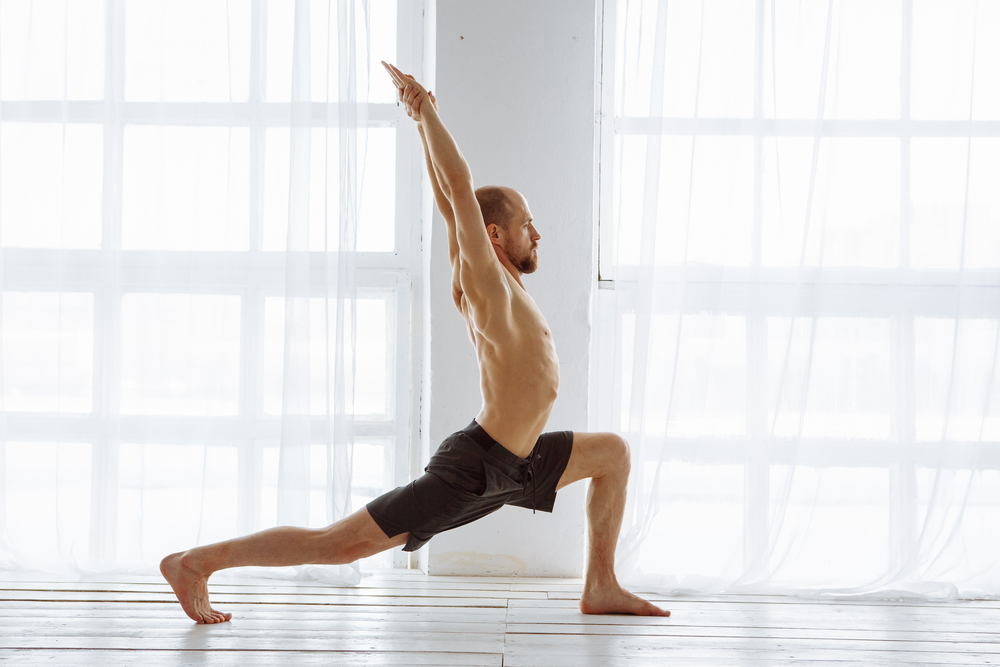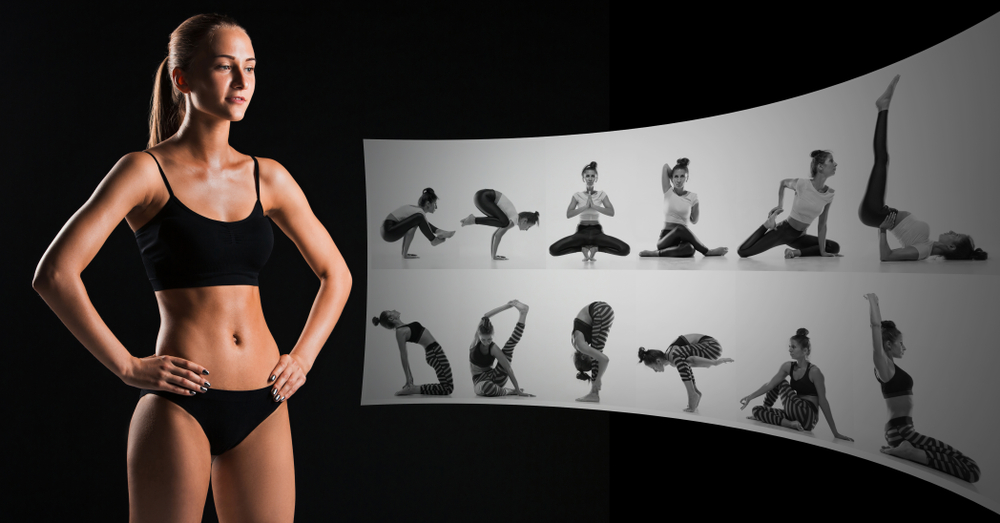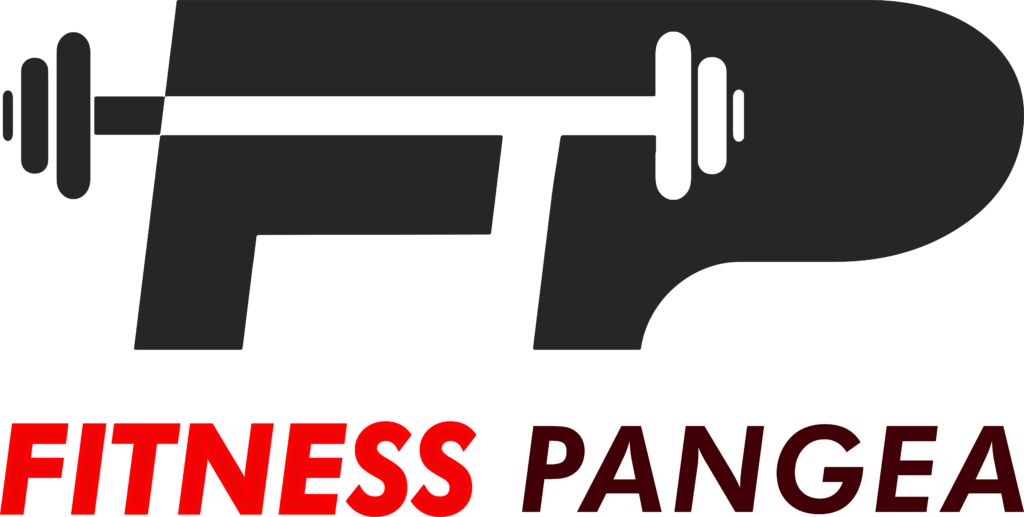Introduction
It’s critical for athletes and sports professionals to stay in top physical shape. However, the physical strain of competition and training can wear a person out and cause burnout, injuries, and exhaustion. The advantages of including yoga exercises in athletes’ training plans to improve performance, guard against injuries, and speed recovery have come to light more and more in recent years. We’ll look at how customized yoga poses and recuperation techniques are changing the way athletes take care of their physical and mental health in this blog.
The Function of Yoga in Sports Performance: Yoga combines strength, flexibility, balance, and mental focus to provide a comprehensive approach to fitness. Professional athletes can benefit greatly from adding yoga to their training regimen in a number of ways, such as:

- Increased Flexibility: Yoga poses, or asanas, focus on the body’s joints and muscles at all points, increasing range of motion and flexibility. Flexibility improves overall athletic performance and lowers the risk of injury.
- Increased Strength and Stability: A number of yoga poses call for the activation of stabilizing and core muscles, which increases strength and stability. During sports activities, stronger muscles enhance overall body mechanics and offer superior support for joints.
- Injury Prevention: Asymmetries, misalignments, and muscular imbalances are all common causes of sports-related injuries that yoga helps to address. Athletes can lower their chance of injury and extend their careers by taking proactive measures to address these issues.
- Stress Reduction and Mental Focus: Yoga combines breathing exercises (pranayama) with meditation methods to help with stress reduction and mental focus. For athletes looking to stay composed and focused under pressure, these abilities are priceless.
Personalized Yoga Practices for Particular Sports: Athletes participating in various sports face a variety of physical demands. Personalized yoga poses can be created to meet these needs and overcome particular obstacles. Among the instances are:
- Football (soccer): Agility, stamina, and fast recuperation in between sprints are frequently needed by football players. Football players can enhance their on-field performance and lower their risk of injury and muscle fatigue by practicing yoga poses that emphasize dynamic movements, agility drills, and active recovery.
- Basketball: Yoga poses that focus on lateral movement, upper body strength, and vertical jump height are beneficial for basketball players. Yoga poses that focus on shoulder stability, hip flexion, and leg strength can improve the agility and shooting accuracy of basketball players.
- Running: Yoga poses help runners recover more quickly, avoid overuse injuries, and optimize their running biomechanics. Yoga poses that work the IT bands, hamstrings, calves, and hip flexors can help release tightness and encourage good running form.
- Tennis: Repetitive stress injuries to the shoulders, elbows, and wrists are common among tennis players. Yoga poses that target wrist flexibility, rotator cuff strength, and shoulder mobility can help tennis players stay injury-free and perform at their best on the court.
Yoga-Based Recovery Techniques: Recovering is an essential part of sports training because it enables the body to heal and adjust to the strains of exercise.
Sports professionals can speed up recovery, promote relaxation, and lessen muscle soreness with the help of yoga-based recovery strategies:
- Restorative Yoga: Gentle, supported postures held for extended periods of time are the foundation of restorative yoga, which aims to promote deep relaxation and relieve tension in the muscles and connective tissues. Including restorative yoga in recovery routines after training can assist athletes in recharging their bodies and minds.
- Yoga Nidra: Also referred to as “yogic sleep,” yoga nidra is a guided relaxation method that encourages sound sleep by inducing a deep state of relaxation. Yoga nidra techniques can be used by athletes to improve the quality of their sleep, lessen insomnia, and speed up recovery following rigorous training or competition.
- Foam rolling and Self-Massage: Yoga uses self-myofascial release methods to target fascia and tight muscles. These methods involve the use of foam rollers, massage balls, and other props. Athletes can benefit from foam rolling sessions to reduce soreness in their muscles, increase circulation, and speed up recovery when they combine them with mild stretching and breathwork.

Conclusion
It is transformational to incorporate customized yoga poses and recuperation techniques into athletes’ training regimens; this promotes optimal performance, injury avoidance, and overall health and wellbeing. Athletes can enhance their abilities both on and off the field by harnessing strength, flexibility, mental acuity, and resilience through the holistic principles of yoga. Athletes are beginning to realize the profound benefits of yoga as its integration into sports progresses, which is opening the door for a change in athletic culture toward longevity and excellence. Athletes can reach new heights in their athletic endeavors and transcend physical limitations with the ancient wisdom of yoga guiding them. This ensures not only competitive success but also longevity and fulfillment in their careers and lives.
